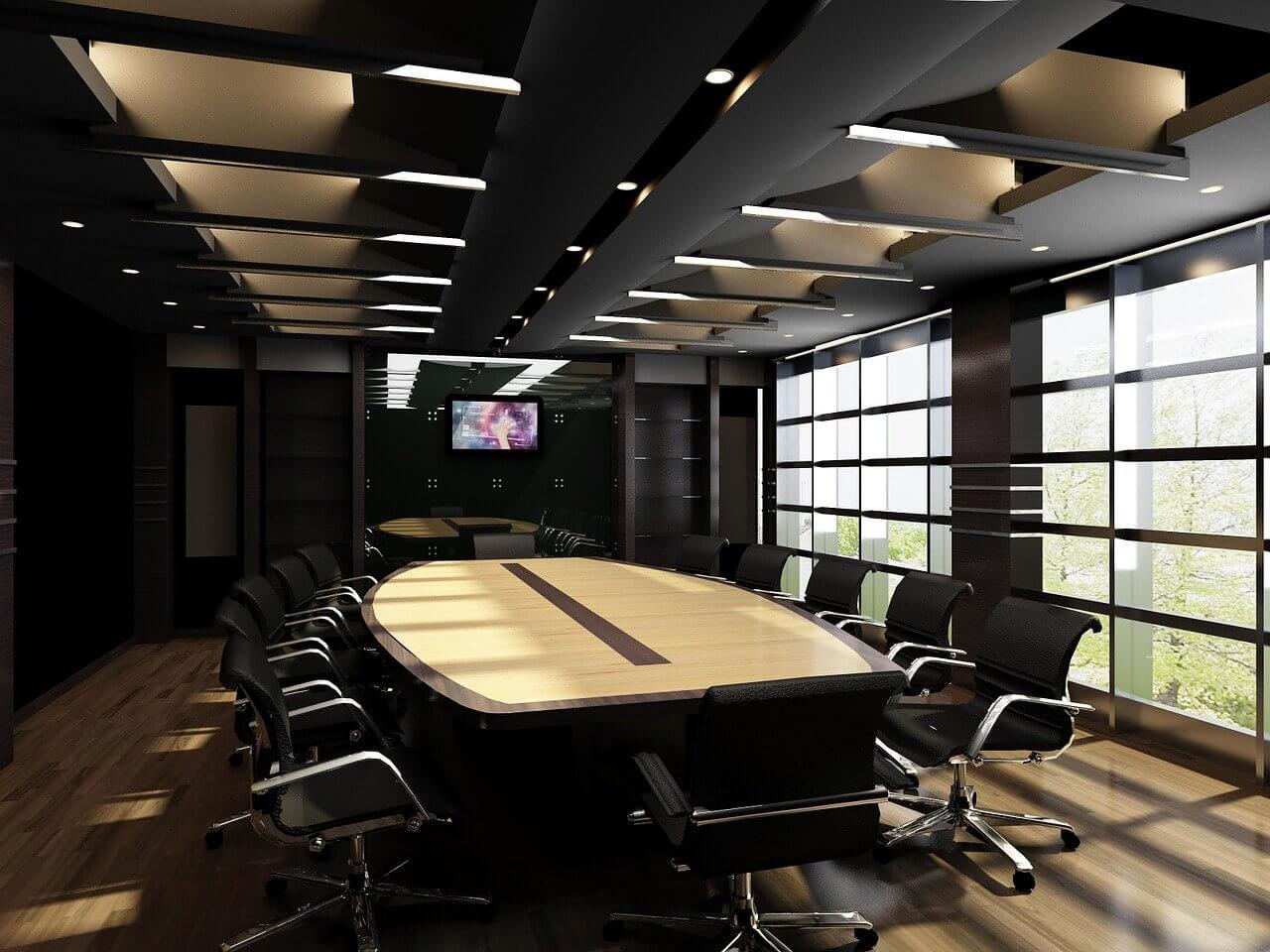Advice for planning and facilitating successful corporate, executive, and leadership retreats.
Excellent leaders are flexible and quick on their feet to handle the many day-to-day responsibilities of their organization or company. However, the day to day grind can sometimes make it hard to take a step back and focus on the big ideas or vision of the future.
That’s where leadership retreats come in! Depending on budget, your organization may take a trip over a few days or host a one-day event locally or virtually. This time can be spent training the leadership team’s natural abilities to support the organization and its goals. It can also help them reflect on issues like innovation, strategy, vision, etc.
In this article, we’ll share some general advice for organizations and companies designing, developing, and implementing leadership retreats.
What is a leadership or executive retreat?
Executive retreats provide an excellent opportunity for leaders within an organization to “get away” from the day-to-day operation of their business and instead focus on the broader picture. Retreats traditionally happen in person, although the COVID-19 pandemic has further normalized the idea of a virtual retreat in which participants can join remotely from anywhere. Retreats can happen over several days or just be a one-day session to address a specific issue. Some organizations analyze and work on multiple areas of interest during their retreat, while others choose one clear goal to try to accomplish.
Simply put, an executive retreat can help the leadership team at your organization or company tackle your own unique challenges, brainstorm future goals, and build a global vision moving forward.
Why organize a leadership retreat?
There are several reasons you may be interested in organizing a leadership retreat. The first is if your leaders are struggling to see past the day-to-day grind of business. Without a clear vision for the future, organizations “drift” and fail to accomplish key objectives or goals set for themselves.
A second great reason to consider holding a retreat is to improve team building and bonding. For organizations with multiple locations or fully remote or distributed teams, this retreat can be a crucial event to bring everyone together in the same place (in person or virtually). Leaders can work together to align on company goals, improve their skills, and share valuable insights.
On-site vs virtual leadership retreats
When it comes to where to hold the event, the answer is it depends! Some organizations who already deploy virtual or hybrid work models may find it easier and more comfortable to hold their leadership retreat virtually as well. On the flip side, remote teams may wish to devote time to an in-person retreat once a year to reinforce company vision.
Whatever structure your organization currently uses to work, an in-person or virtual leadership retreat can work for you. The decision simply comes down to personal preference, budget, employee location and distance from each other, and other intangibles.
Ideas for corporate retreats
No matter what style or format you end up going with, here are some ideas that hold true for both virtual and in-person retreats.
- Start with icebreaker activities. Icebreakers are useful beginning exercises even for teams who know each other quite well. These games or other activities let participants “relax” and feel more comfortable in the retreat environment before the real work begins. Icebreakers can also be used throughout the retreat to facilitate different groupings with creative thinking and problem solving purposes.
- Focus on reflection. Be intentional about reflecting on the future and current state of your organization. Ask your leaders questions such as: what success are they celebrating most from the last year? what’s an area that didn’t go as planned? what’s an area they think needs to be focused on more this coming year?
- Reflect on the “why.” Every organization and company should have their own “why” that describes why they do what they do. Aside from that, every leader should also have their own personal why. Why are they personally engaged and invested in the organization and its goals moving forward?
- Include skill building sessions. Your retreat can also be great time for leaders to focus on developing hard or soft skills that will be invaluable to their job. Depending on your budget and schedule, you may also consider hosting multiple optional sessions so participants can make their own choices based on skill areas they feel they could use further development help on.
- Celebrate successes and show appreciation. Don’t forget to take a little time during or near the end of retreat to celebrate all of the wonderful work your leaders have done and show appreciation for their continued dedication to your success!
Leadership Retreat Facilitators
The role of leadership retreat facilitator is a critical one. You want an experienced and skilled facilitator who also has the ability to improvise and change the gameplan during the day if needed. A great executive or corporate retreat facilitator is also a designer. They design the key activities for the participants and storyboard for the day. We have facilitated over 100 onsite and virtual leadership retreat style events and workshops. Contact us online today to learn how we many design and facilitate your leadership retreat.
Leadership Retreats Conclusion
InnovationTraining.org is your source for innovation and design thinking focused resources and training that can be used during a corporate leadership retreat. Visit some of our other articles to see what you can learn to turn your leadership event into a reality. For even more content and resources beyond the topic of leadership retreats, browse the related articles below and our innovation and design thinking blog.
